Understanding LLMs
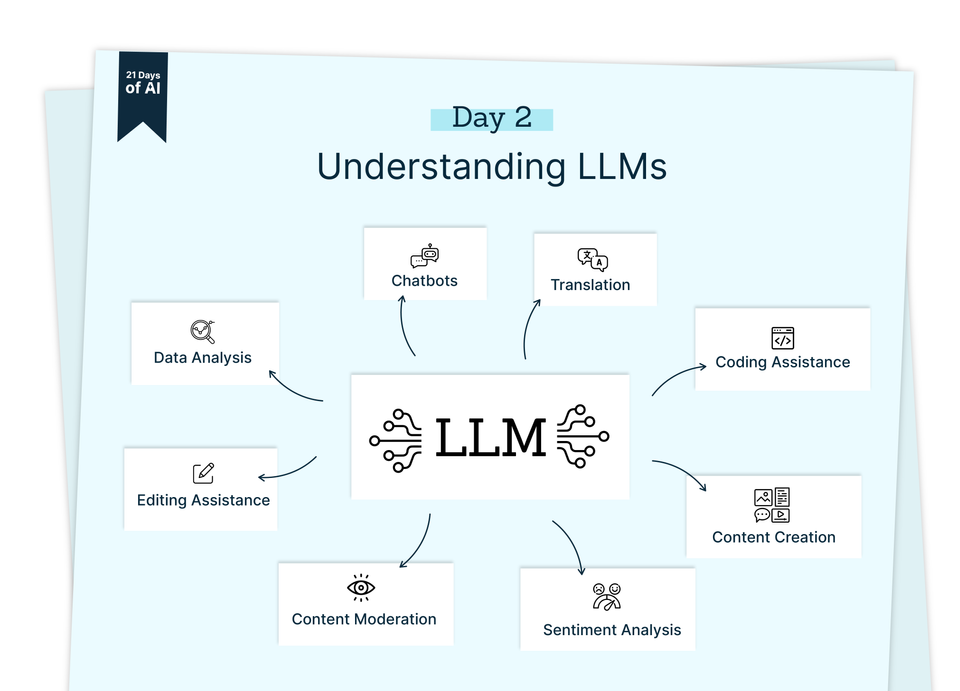
Hello again, and welcome back to Day 2 of "21 Days of AI"!
Today, we're diving into the intriguing world of Large Language Models (LLMs)—the brains behind some of the smartest AI applications you might already be using!
What's on the agenda?
- Unpack what LLMs are and why they're a big deal in tech.
- See how Large Language Models (LLMs) Useful for Multifamily
So refill that coffee, and let's unravel the mysteries of LLMs together!
Imagine a technology that not only reads almost every piece of text on the internet but also deeply understands the connections between words and their contexts. Large Language Models, or LLMs, are precisely this—advanced AI systems that act as voracious readers, absorbing information from a diverse array of internet content.
They don’t just skim through text; they analyze and learn. Through this constant and detailed reading, LLMs learn the nuances of language, making them a groundbreaking tool in the realm of technology.
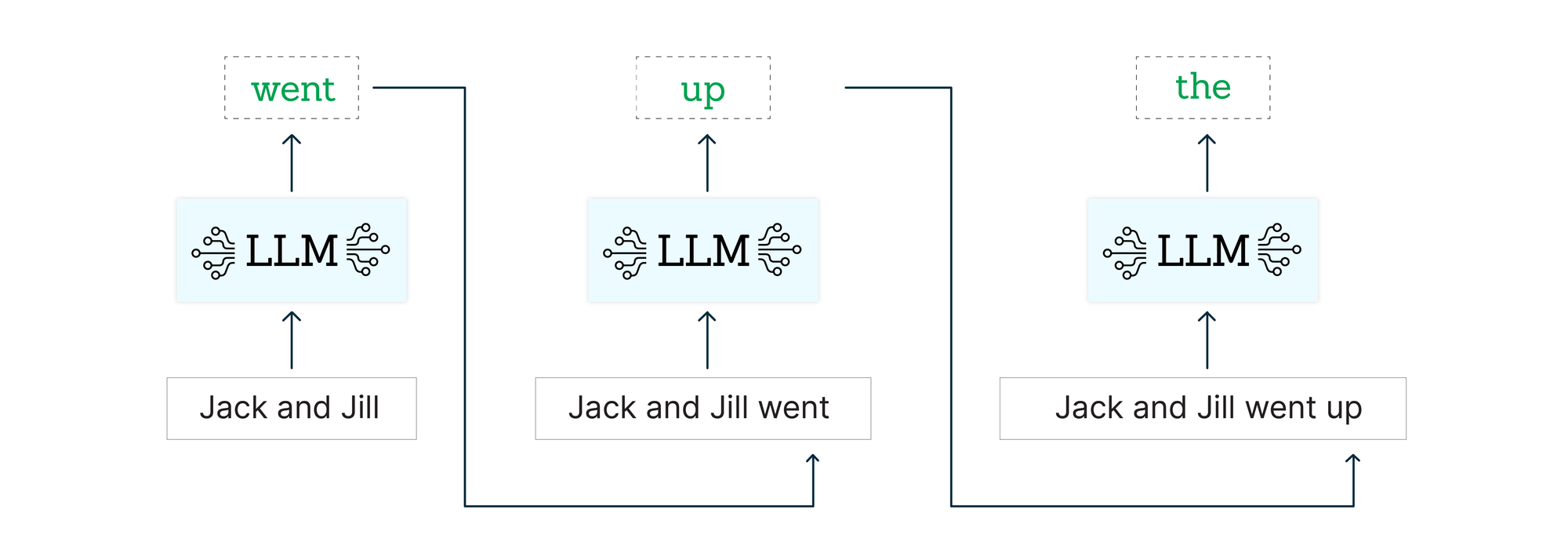
The Power of Prediction
Large Language Models (LLMs), like those used in AI, primarily operate through a technique called next-word prediction. This process might sound straightforward, but it leads to what's known as emergent intelligence. Let’s explore how this works with a simple example: if you prompt an LLM like ChatGPT with "Jack and Jill went up..." the model predicts the next words sequentially—"the" and then "hill."
Initially, the model only aims to predict the immediate next word based on vast data it has learned from. However, by accumulating these predictions, LLMs begin to exhibit what looks like intelligence.
Emergent intelligence in LLMs is like watching ants gather food. No single ant plans the entire operation, but each follows simple rules—like following a trail to food and back. Similarly, while each next-word prediction in an LLM might seem simple, collectively, they enable the model to generate coherent and contextually appropriate text, almost as if the system were planning it.

The effectiveness of these LLMs lies not just in the sheer number of words they know but in how they link these words using their parameters, similar to the brain's connections. This enables them to grasp complex language nuances, ensuring they perform tasks intelligently and effectively across various applications.
Top 5 Large Language Models
Here’s a quick look at five leading Large Language Models, each distinct in their capabilities and powered by a vast array of parameters that enhance their intelligence:

Each model exemplifies the use of next-word prediction to enhance specific applications, highlighting the versatility and impact of LLMs in various sectors.
How are Large Language Models (LLMs) Useful for Multifamily?
LLMs are versatile tools used across various fields to enhance tasks such as writing content, translating languages, and powering chatbots.
In multifamily, Large Language Models streamline prospect interactions and enhance marketing efforts. For example, AI-powered chatbots on property websites promptly handle prospect inquiries. Similarly, LLMs optimize email campaigns by tailoring messages based on renter preferences, ensuring communications are relevant and impactful. These applications are just some ways LLMs can improve efficiency and personalization in multifamily marketing.
And that's a wrap on Day 2 of "21 Days of AI!"
Hope you found today's deep dive as fascinating as the tech itself! We've just scratched the surface of what Large Language Models can do. In later sessions, we'll also take a closer look at both private and public LLMs.
Thanks for reading, and see you in the next newsletter, where we'll peel back another layer of AI's capabilities.
Feel free to let us know what AI topics you're curious about or want to understand better!

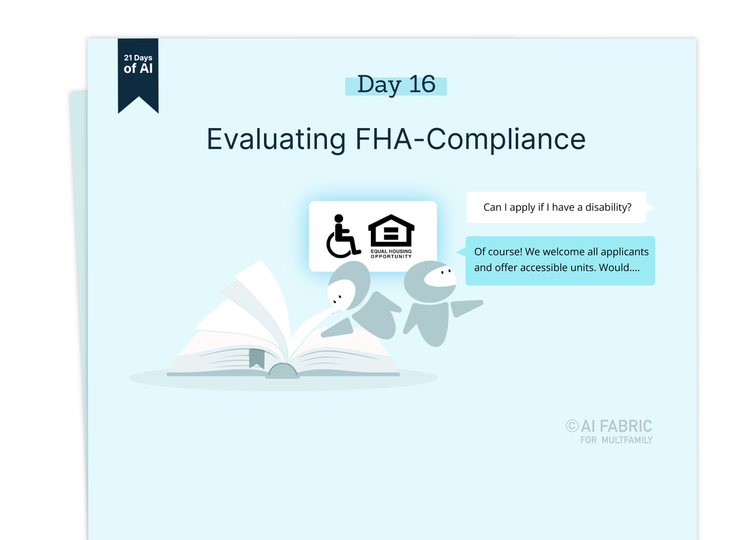
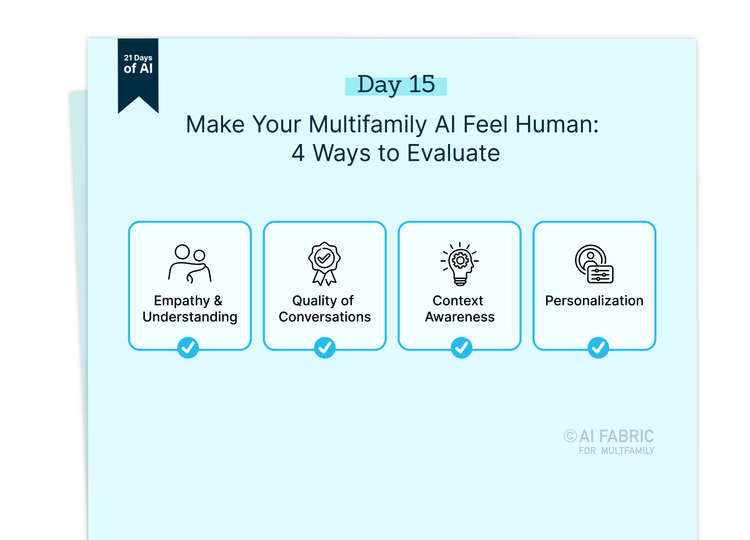
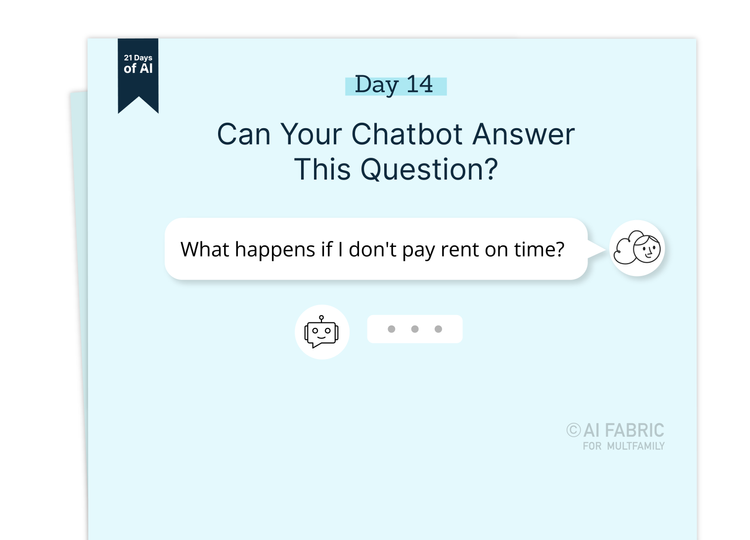
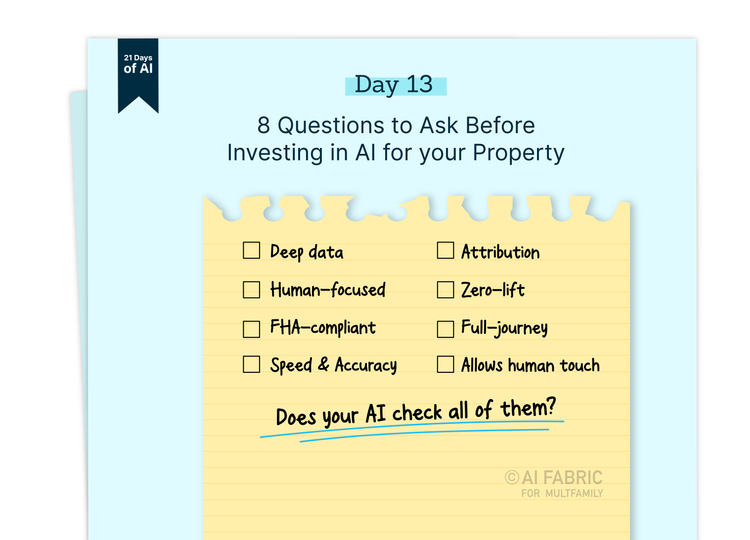

Member discussion